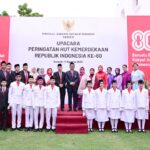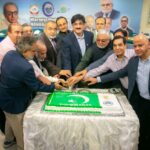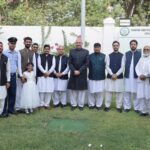Nauman Ali
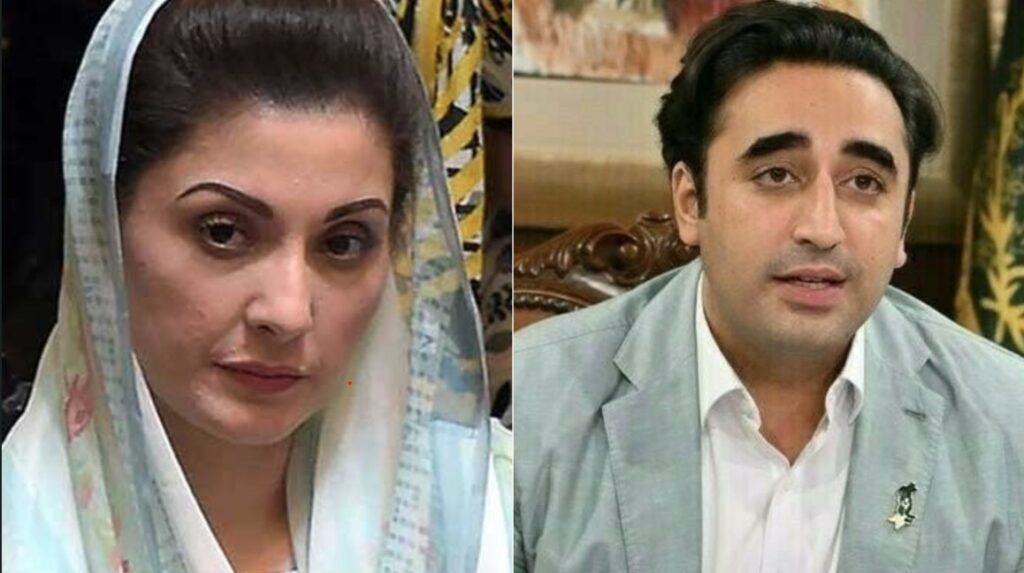
Karachi: After days of sharp exchanges and visible strain within the ruling coalition, the Pakistan Muslim League-Nawaz (PML-N) and Pakistan Peoples Party (PPP) have agreed to tone down hostilities and refrain from issuing further confrontational statements — signaling a fragile but welcome pause in the escalating political feud.
The thaw followed back-to-back engagements between top leaders of both parties, including a phone call between Prime Minister Shehbaz Sharif and PPP Chairman Bilawal Bhutto-Zardari, and a high-level meeting between President Asif Ali Zardari and a government delegation in Nawabshah.
According to a brief statement issued by Bilawal House, the prime minister and Bilawal discussed the “current political situation, flood rehabilitation, and foreign policy.” However, the Prime Minister’s Office did not release an official readout of the conversation.
Nawabshah meeting sets tone for reconciliation
A PML-N delegation — comprising Deputy Prime Minister Ishaq Dar, National Assembly Speaker Ayaz Sadiq, and Interior Minister Mohsin Naqvi — flew to Nawabshah on Thursday via special aircraft to meet President Zardari at his residence.
The meeting, described as “cordial and forward-looking”, focused on political stability, economic challenges, and Pakistan’s foreign engagements at the UN. Ishaq Dar reportedly conveyed a message from Prime Minister Shehbaz aimed at improving coordination between coalition partners.
Both sides agreed that the country’s fragile economic and security situation required unity rather than confrontation, and decided that party leaders and spokespersons would refrain from public criticism to help restore an environment of cooperation.
Sources told Dawn that Interior Minister Mohsin Naqvi played a key mediating role, helping bridge communication gaps between the two sides. President Zardari was said to have appreciated Naqvi’s efforts, while the PML-N delegation later departed Nawabshah “with a sense of renewed understanding.”
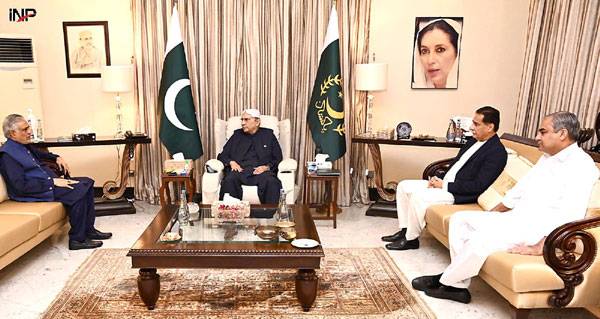
Ceasefire — or temporary silence?
While the developments have reduced tensions, insiders caution that the truce appears more like a “pact of silence” than a complete ceasefire.
“The underlying disagreements remain unresolved,” said one source familiar with both camps.
A sign of lingering mistrust was the PPP’s continued boycott of the Senate session on Thursday — seen as a reminder that the party’s grievances, particularly with Punjab Chief Minister Maryam Nawaz, are yet to be addressed.
Origins of the dispute
The rift began when PPP leaders criticised the Punjab government over flood relief operations, suggesting that Benazir Income Support Programme (BISP) data be used to identify victims. The PML-N interpreted this as a direct attack on Punjab Chief Minister Maryam Nawaz’s administration.
In response, PPP members staged walkouts from the National Assembly and Senate, demanding an apology for what they described as “regrettable remarks” by Maryam Nawaz against their leadership.
Defending Bilawal Bhutto-Zardari’s comments, PPP officials argued that he merely suggested leveraging BISP’s proven capacity — which, they noted, has been praised internationally as a model for social protection.
The ‘Punjab card’ narrative
Within PPP circles, a perception has grown that Maryam Nawaz is using provincial identity politics to consolidate support in Punjab.
“It appears that Maryam Bibi is positioning her party as the sole representative of Punjab by playing the ethnic card,” a senior PPP leader said, alleging that the strategy is aimed at countering PTI’s popularity in the province.
Political analyst Ali Usman Qasmi described the PML-N’s tone as “an unusual political shift,” noting that such identity-based rhetoric “has rarely, if ever, come from Punjab before.”
“One could say the PML-N sees this as an opportunity to capitalise on emerging provincial sentiments,” he said.
Looking ahead
Meanwhile, the PPP has summoned a meeting of its Central Executive Committee (CEC) on October 18 to review its position within the coalition government. The party has said that “important decisions regarding national politics” will be made during the session.
While both parties now appear keen to project unity at the federal level, analysts warn that the détente remains fragile, dependent on whether both sides can contain public criticism and address deeper political and ideological rifts.














